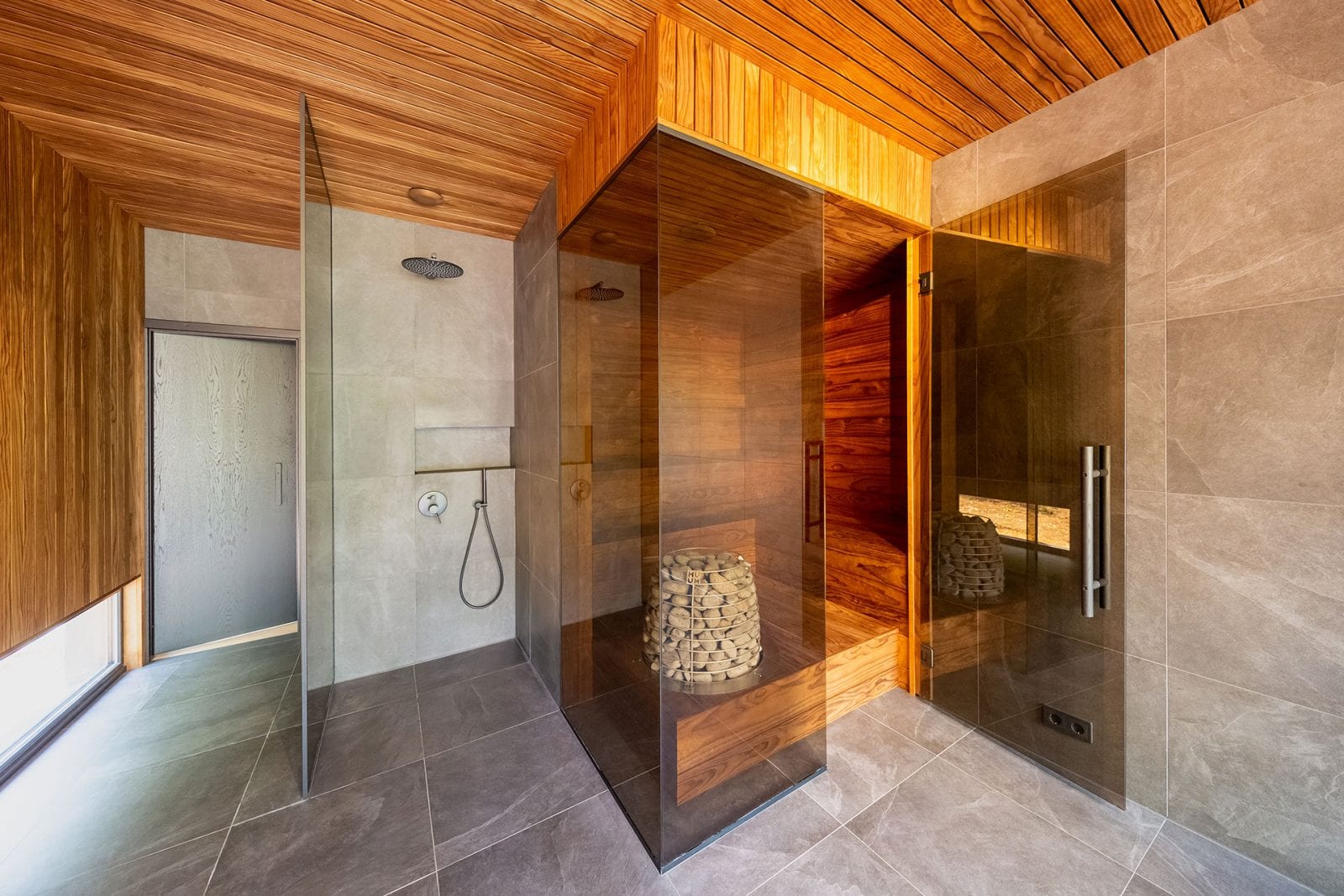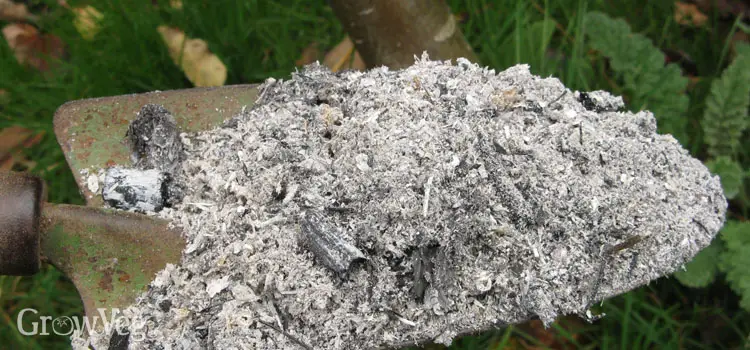What is Thermally Modified Wood : An Ultimate Guide
Wood has been used as a building material for centuries due to its natural beauty and versatility. However, traditional wood products are susceptible to decay, insect damage, and dimensional instability. In recent years, thermally modified wood has emerged as a sustainable and durable alternative to conventional wood materials. In this article, we will explore what thermally modified wood is, how it is produced, its benefits, and its applications.
What is Thermally Modified Wood?
Thermally modified wood is a natural wood product that has undergone a specialized heat treatment process to alter its physical and chemical properties. By subjecting wood to high temperatures in a controlled environment, the cellular structure of the wood is modified, resulting in enhanced stability, durability, and resistance to decay.
Production Process
The production process of thermally modified wood typically involves the following steps:
1. Heat Treatment
The wood is placed in a chamber or kiln where it is exposed to high temperatures ranging from 180°C to 260°C. The absence of oxygen in the chamber prevents the wood from combusting and instead induces chemical changes within the wood fibers.
2. Cooling And Conditioning
Once the desired level of thermal modification is achieved, the wood is cooled and conditioned to stabilize its moisture content and physical characteristics.
Benefits of Thermally Modified Wood
Thermally modified wood offers a range of benefits that make it an attractive choice for various applications:
1. Enhanced Durability
The heat treatment process significantly reduces the wood’s moisture content, making it less susceptible to decay, fungal growth, and insect infestation. This enhanced durability extends the lifespan of thermally modified wood products, reducing the need for frequent maintenance and replacement.
2. Improved Stability
Thermal modification results in reduced dimensional movement, making the wood more stable and less prone to warping, cracking, and twisting caused by changes in temperature and humidity. This enhanced stability makes thermally modified wood an ideal material for outdoor applications and environments with fluctuating moisture levels.
3. Aesthetic Appeal
Thermally modified wood acquires a rich, uniform color and enhanced grain patterns during the heat treatment process, enhancing its natural beauty. The resulting appearance is often compared to tropical hardwoods, making it an attractive choice for decking, siding, and interior finishes.
4. Environmental Sustainability
The thermal modification process is carried out without the use of chemical additives, making it an environmentally friendly choice. Additionally, the increased durability of thermally modified wood reduces the demand for new wood products and promotes sustainable forestry practices.

Credit: thermory.com
Applications of Thermally Modified Wood
Due to its durability and aesthetic appeal, thermally modified wood is used in a variety of applications, including:
- Exterior decking and cladding
- Outdoor furniture and structures
- Interior flooring and paneling
- Garden fences and landscaping elements
- Architectural millwork and decorative features
Frequently Asked Questions On What Is Thermally Modified Wood : An Ultimate Guide
What Is Thermally Modified Wood And How Is It Made?
Thermally modified wood is created through a heat and steam process, altering its properties for improved durability and stability.
What Are The Benefits Of Using Thermally Modified Wood?
Thermally modified wood offers increased resistance to decay, insects, and moisture, as well as enhanced dimensional stability and a beautiful, natural appearance.
Is Thermally Modified Wood Environmentally Friendly?
Yes, the thermal modification process typically uses sustainable wood species and reduces the need for chemical treatments, making it an eco-friendly choice.
Can Thermally Modified Wood Be Used For Outdoor Projects?
Absolutely, thermally modified wood is ideal for outdoor applications such as decking, cladding, and fencing due to its enhanced durability and resistance to weathering.
Conclusion
Thermally modified wood offers a compelling combination of enhanced durability, stability, and aesthetics, making it a versatile and sustainable alternative to traditional wood products. Whether used in outdoor decking, interior finishes, or landscaping elements, thermally modified wood provides an ideal balance of natural beauty and performance, contributing to the creation of enduring and environmentally conscious spaces.
As the demand for sustainable building materials continues to grow, thermally modified wood stands out as a promising choice for architects, designers, and homeowners seeking long-lasting and environmentally friendly solutions for their projects.




